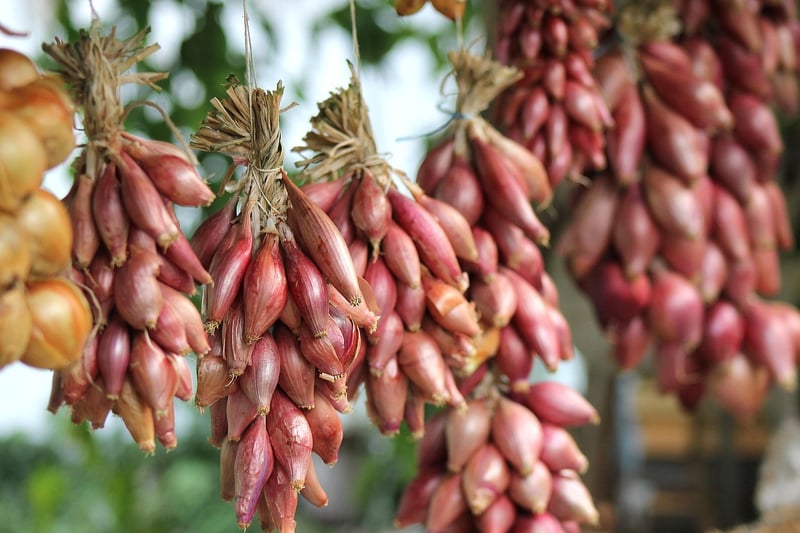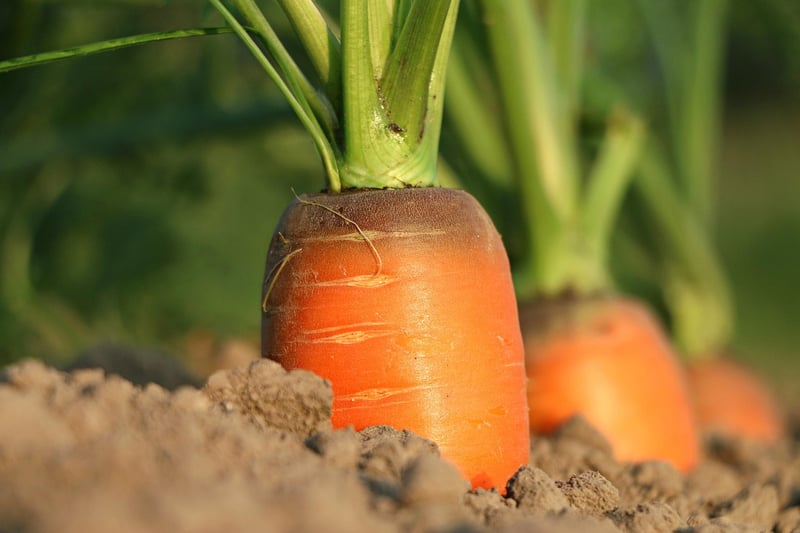Soil Health
Maintaining Healthy Plants in Cities and Soil Health
Urban environments present unique challenges for plant growth due to limited space, pollution, and soil quality. However, with the right knowledge and care, it is possible to cultivate healthy plants even in the bustling cityscape.
Choosing the Right Plants
When selecting plants for urban settings, opt for species that can thrive in less-than-ideal conditions. Look for varieties that are known for their adaptability and resilience, such as succulents, air plants, and certain types of native grasses.
Light and Water Requirements
Ensure your plants receive adequate sunlight by placing them in well-lit areas or using artificial grow lights if necessary. Additionally, monitor their water needs closely as urban environments tend to be drier. Consider investing in self-watering systems or set regular watering reminders to keep your plants healthy.
Soil Health
The quality of soil plays a crucial role in plant growth. In urban areas where soil may be compacted or contaminated, consider using raised beds or containers filled with high-quality potting mix. Regularly test the soil pH and nutrient levels to ensure optimal conditions for plant growth.
Composting
Composting kitchen scraps and green waste is an excellent way to improve soil health in urban gardens. The nutrient-rich compost can be added to plant beds to enhance fertility and promote healthy plant growth.
Pest Control
Urban environments are often teeming with pests that can damage plants. Implement integrated pest management strategies such as attracting beneficial insects, using organic pesticides sparingly, and regularly inspecting plants for signs of infestation.
Community Gardens
Joining or starting a community garden can provide access to shared resources, knowledge exchange, and a sense of community among urban gardeners. Community gardens also contribute to greening urban spaces and promoting biodiversity.
Conclusion
By choosing the right plants, paying attention to light and water requirements, improving soil health, implementing pest control measures, and engaging with community gardening initiatives, it is possible to maintain healthy plants in cities and promote soil health in urban environments.


